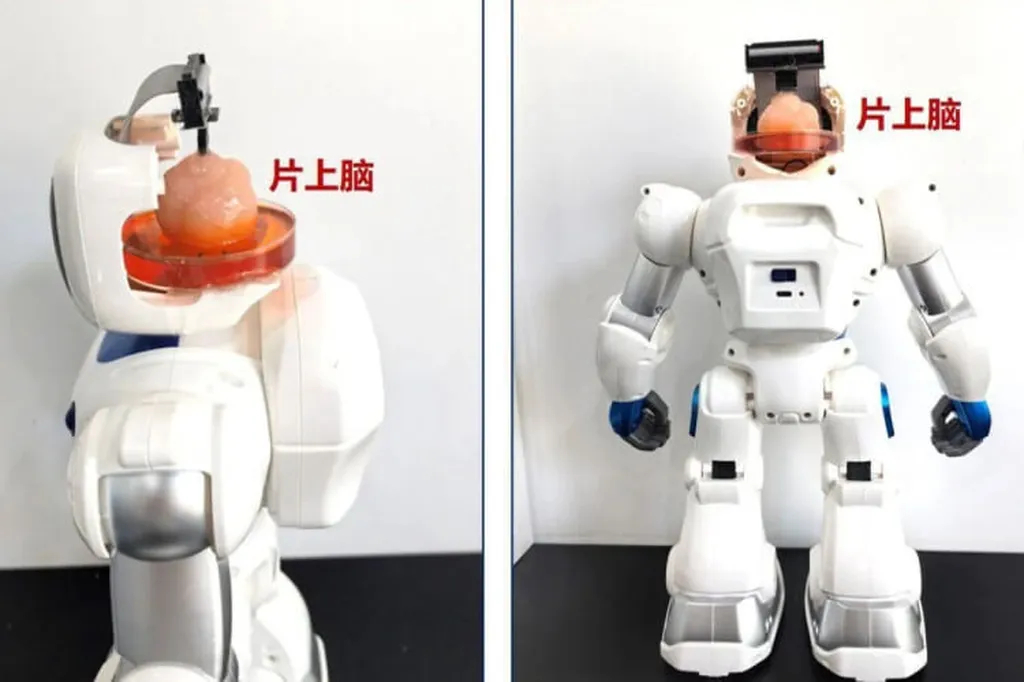In the ever-evolving landscape of robotics, a groundbreaking study published in *Advanced Intelligent Systems* (translated from German as *Advanced Intelligent Systems*) is set to redefine the capabilities of legged robots, particularly in unstructured environments—a realm where traditional approaches often fall short. The research, led by Chunchao Liu from the Key Laboratory of Road Construction Technology and Equipment at Chang’an University in Xi’an, China, introduces a novel neural control system inspired by biological systems, promising to enhance the adaptability and efficiency of robots in challenging terrains.
Legged robots have long been touted for their potential in navigating complex environments, from disaster zones to remote energy sites. However, the path to achieving this potential has been fraught with challenges. Model-based approaches, while precise, require extensive domain expertise and can be cumbersome. On the other hand, learning-based methods, though promising, often demand prolonged training periods and can result in controllers that are complex and opaque.
Liu’s research addresses these issues head-on by mimicking the neural-muscle control and sensory feedback mechanisms observed in animals. “Our architecture enables legged robots to adjust neural signal intensity based on proprioceptive feedback, allowing them to achieve behavior responses similar to those seen in biological systems,” Liu explains. This innovative approach leverages a central pattern generator to create insect-like gaits, a virtual motoneurons network to generate continuously adjustable trajectories for omnidirectional motion and limb control, and a sensorimotor integration module to facilitate adaptive navigation.
The practical implications of this research are profound, particularly for the energy sector. Imagine robots capable of traversing rugged terrains to inspect and maintain offshore wind turbines or navigate through the aftermath of natural disasters to assess damage to critical infrastructure. “The ability to overcome steps with heights up to 66.7% of the robot’s leg length is a significant milestone,” says Liu. This adaptability could revolutionize the way energy companies approach remote and hazardous environments, reducing the need for human intervention and enhancing safety and efficiency.
The experimental application of this method to a newly developed hexapod robot named RENS H2 has yielded promising results. The robot’s enhanced locomotion diversity and adaptive navigation capabilities demonstrate the potential of this neural control system to transform the field of biomimetic and bio-inspired robotics.
As the energy sector continues to explore new frontiers, the integration of advanced robotics will play a pivotal role in overcoming the challenges of unstructured environments. Liu’s research, published in *Advanced Intelligent Systems*, not only pushes the boundaries of what is possible in robotics but also opens up new avenues for innovation in the energy sector. The future of robotics is not just about mimicking biological systems; it’s about leveraging their principles to create machines that are more adaptable, efficient, and capable of navigating the complexities of the real world.

